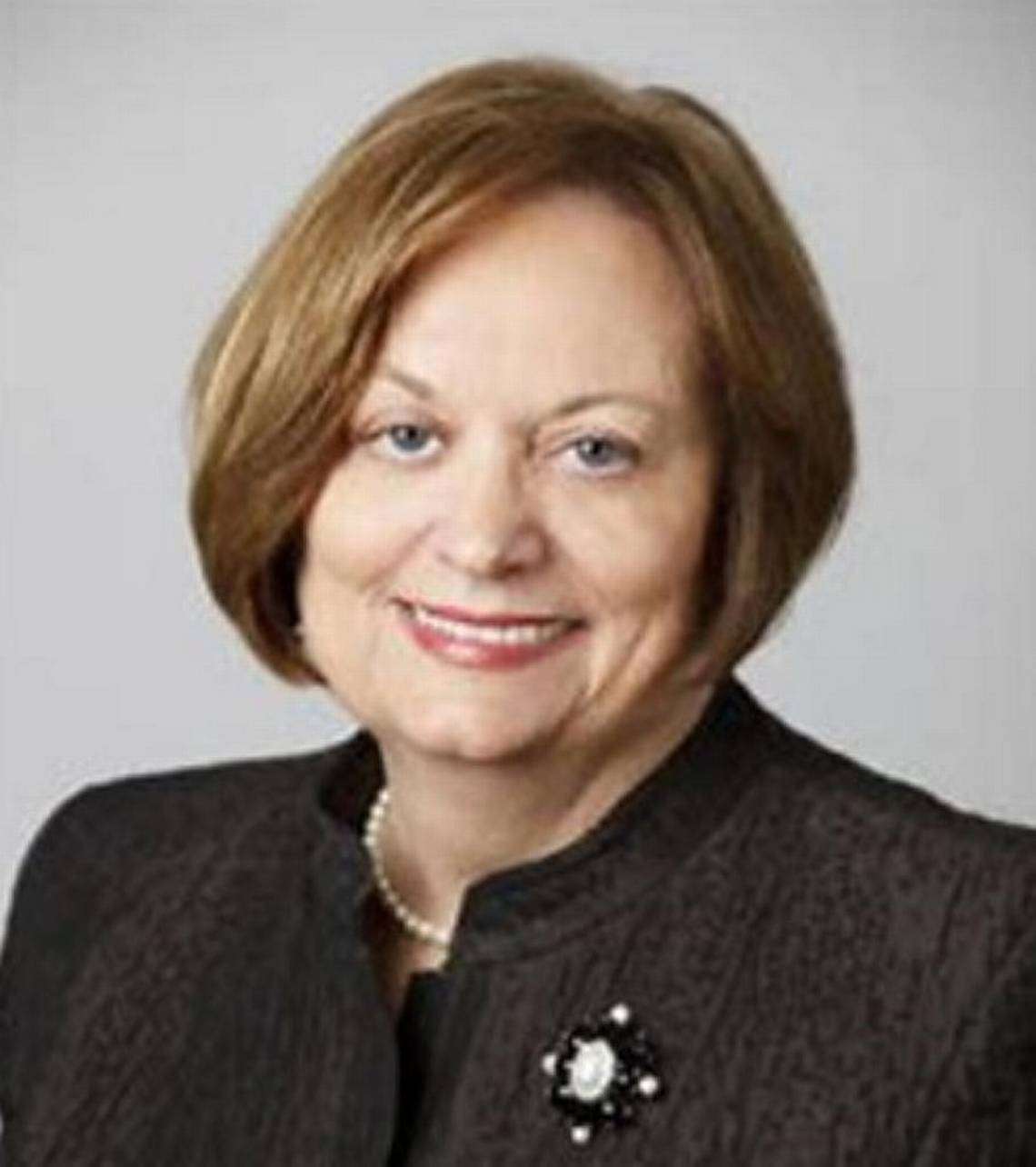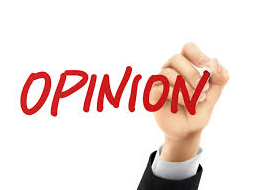
The Kansas legislative year ended in a stalemate for culture warriors and without any major legislation for overall improvement of teaching and learning, because none of the bills addressed the elephant in the middle of the room—a shortage of fully prepared teachers.
During this year’s legislative session more than 50 school-related bills were put forward. Many reflected a partisan battle at the national level between Republicans and Democrats.
In Kansas, the battle is more often between public school supporters and conservatives who advocate school choice and criticize how race, gender and history is taught.

Unfortunately, we’re in a situation where political motives can be very different from important concerns that everyday people have for their kids’ education.
In these circumstances big problems, such as teacher shortages, can become invisible, like the proverbial elephant in the middle of the room, and any real progress to improve schools overlooked.
With the legislature adjourned, each political side can claim victories.
The most important and far reaching success for supporters of public education was the abandonment of a bill, defeated last year, which would allow parents to use public tax dollars to send their children to costly, selective admission, ideologically driven private schools.
Supporters of public education also prevailed when Governor Kelly vetoed the “Parents Bill of Rights” legislation that educators found to be transparency overkill and an unfunded mandate.
This bill required schools and individual teachers to post and maintain for parental review volumes of curriculum information as well as information on school library holdings.
Conservates scored a win when Governor Kelly signed into law an open enrollment plan that allows out-of-district students, regardless of where they live, to transfer to any public school.
The policy sets precedent for enlarging school-choice; however, it won’t be effective until 2024.
School districts will determine their own enrollment capacity and not be required to accept all students who apply, plus parents will have to pay for transportation, so there likely won’t be many shifts in school enrollment.
Conservatives also backed a policy requirement included in the school finance bill that requires local school boards to annually review state academic assessments when approving the school district’s budget.
Some legislation did receive across-the-aisle cooperation. For example, a change requiring high schools to offer at least one computer science course and an individual income tax credit of $250 per year for teachers’ classroom and school supplies.
Yet, no legislation addressed the preparation or retention of teachers even though there is a major shortage of teachers and substitutes and a consensus among educators that to improve student learning we must stabilize the pool of qualified teachers.
Data from the Kansas State Department of Education for spring 2022 shows 1381 unfilled teacher vacancies. Special education openings were reported at 305, elementary education at 251, English language arts at 108, math at 94 and science at 86. These numbers don’t include classrooms currently filled by teachers not fully licensed for the subjects they teach.
There are currently 906 active emergency licenses for substitutes holding only a high school diploma.
Downgrading requirements for teachers and substitutes have increased over the past five years, that helps fill our classrooms without growing the number of teachers prepared and licensed to teach their assigned courses.
The shortage is becoming dire.
Sharon Hartin Iorio is Dean Emerita Wichita State University College of Education.






